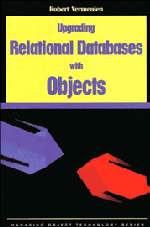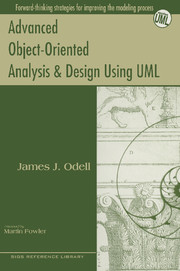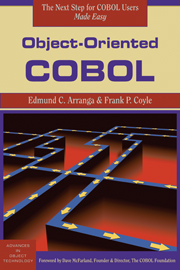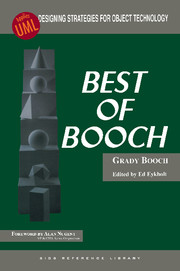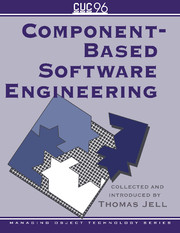Upgrading Relational Databases with Objects
Upgrading Relational Databases with Objects presents a clear-headed overview of how to use object-oriented (OO) technology to improve existing relational databases. This practical how-to guide starts with the basics of OO and works its way up to examples and what-if scenarios that illustrate how OO technology is, should be and should not be integrated with relational databases. It draws a keen distinction between applications that can be best performed with each technology. The book describes such object technologies as OLE and CORBA and what their impacts will be on relational database connectivity and provides a brief tutorial on relational and object concepts. It then moves on to advanced object/relational, SQL3, OO database technology and the Internet.
- Shows how to connect Java and C++ objects with relational databases
- Contains sample object applications and tips on running an OO project
- Explains how to build a 'data warehouse' for object-oriented analysis
Product details
March 1998Paperback
9780135706077
234 pages
230 × 152 × 16 mm
0.34kg
Available
Table of Contents
- 1. The Power of Relational Databases
- 2. The Expressiveness of Objects
- 3. Connecting Objects to Relational Databases
- 4. Data warehousing and OLAP: Extending the Relational Model
- 5. Object/Relational Database Hybrids
- 6. Object-Oriented Databases
- 7. Reusable and Distributed Objects
- 8. Sample Applications Using Objects
- 9. Running an Object-Oriented Project
- 10. Conclusion.

